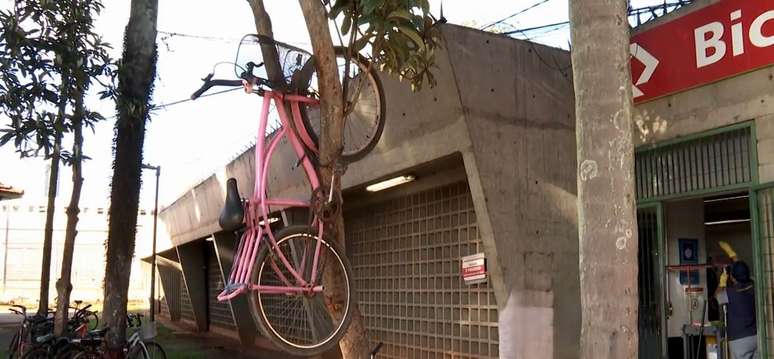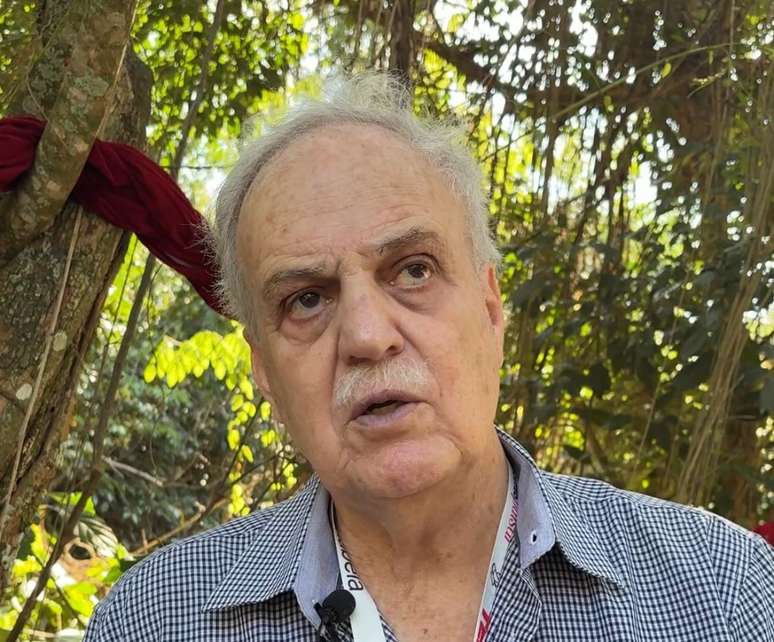Essential for mobility, they are mentioned in passing in some government plans. Understanding the complexity of the system
Summary
There are free and paid bike racks. Some operate according to station schedules, others do not. The rules of use are different and decisions involve the concessionaires, the Municipality and the State. The extensions go beyond the city of São Paulo, requiring coordinated actions. It is estimated that 30% of the demand will be satisfied.
Bike racks are mentioned in three of the nine government plans of São Paulo mayoral candidates. Four proposals, despite promising expansion of bike lanes, do not mention bike parking. Two plans do not mention them at all.
Altino Prazeres (PSTU), Guilherme Boulos (PSOL) and Tabata Amaral (PSB) express their intention to expand and integrate bicycle racks with other means of transport.
The government plans of Marina Helena (Novo) and João Pimenta (PCO) do not mention bicycle parking and the other candidates, although they indicate the importance of cycle paths and bicycles, do not provide for parking.
According to Flávio Soares, project manager of the Association of Urban Cyclists of São Paulo (Ciclocidade), “bike racks appear very generically in government plans, but they are very different on trains, subways and buses.”
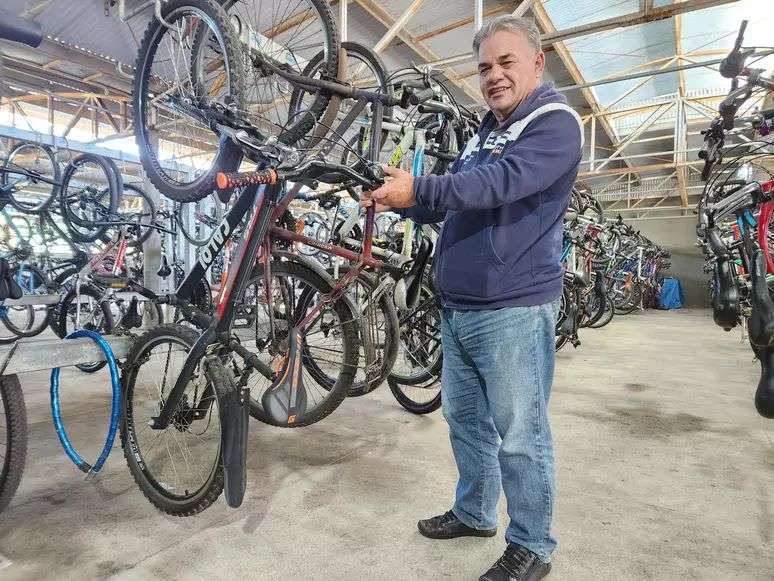
Bike racks on buses
All municipal bus terminals, waterways and Express Tiradentes stations are equipped with bicycle racks, with a total of 2,550 spaces. Contracts now require concessionaires to monitor demand and make adjustments.
“This only happens in the affiliated terminals, but it had to be replicated in all means of transport,” says Daniel Guth, executive director of the Brazilian Cycling Industry Association (Aliança Bike).
According to him, “the majority is so bad, so out of the ordinary, that it ends up not meeting needs. Usually, when the bike rack is empty, the problem is with the bike rack. Many people use it, but many more people could use it,” says Guth.
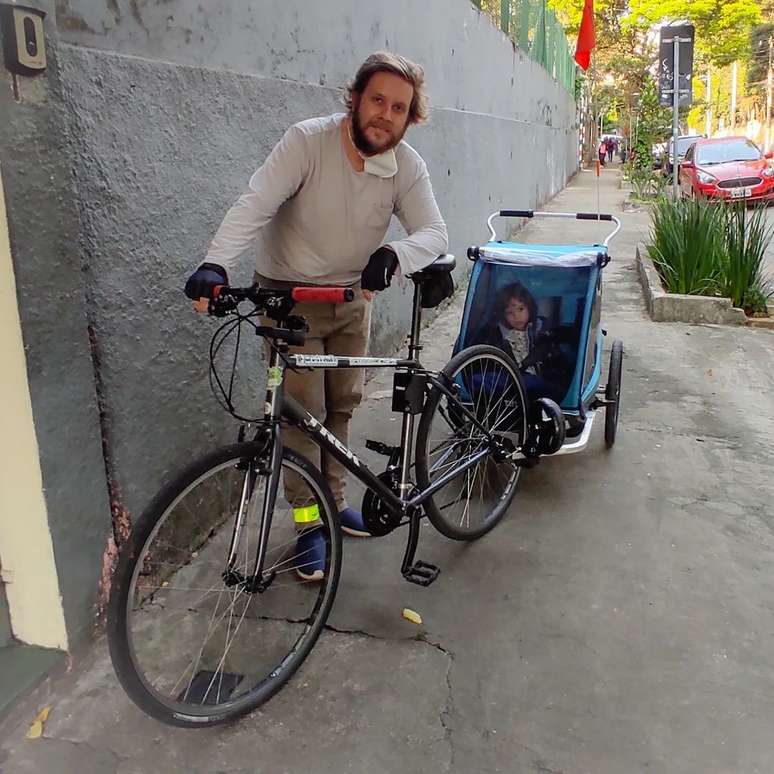
Bike racks on trains
There are 21 bicycle racks next to Companhia Paulista de Trens Metropolitanos (CPTM) stations, with 5,985 spaces. They operate simultaneously with the stations, free of charge.
There are two spaces managed by the private sector, which close before and open after the station opening hours: in Santo André it is free; in Mauá, paid.
In the eastern zone, bike racks are at maximum capacity, as in São Miguel Paulista and Jardim Helena-Vila Mara. They serve residents of São Paulo and those from nearby cities, such as Guarulhos. “There is a very clear demand there, it should increase,” Soares says.
On average, in 2024, more than 73,000 people per month used the bike racks, an increase of 12.3% compared to the previous year. Although the bike racks are full, there are stations with low demand, such as Ceasa and Interlagos.
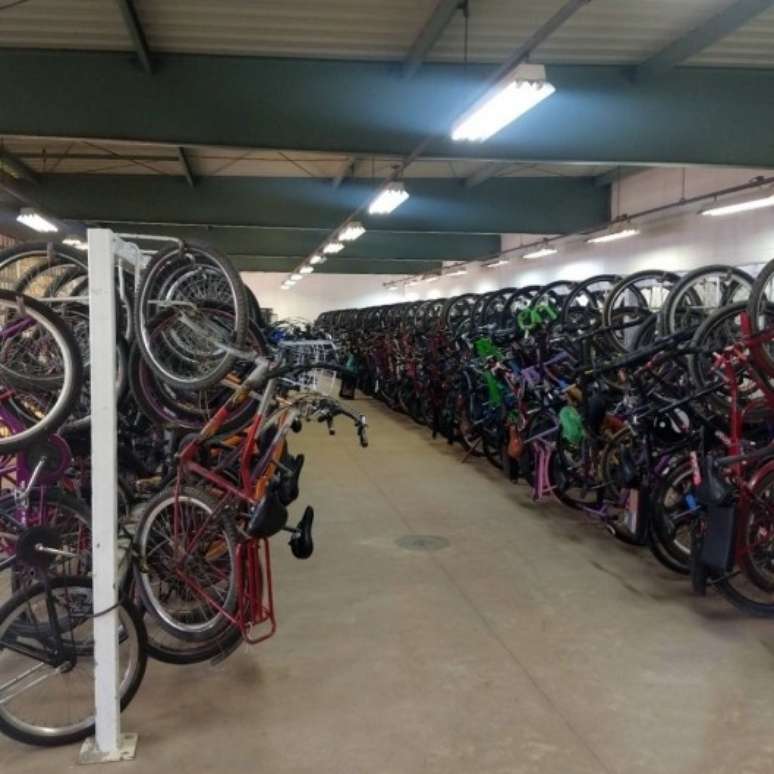
Bike racks in subways
There are 1,200 spaces on the concession lines and the bike racks work better. The service interviewed several users of the Butantã station, who declared themselves satisfied, but reported at least one contradiction.
At stations further from the center, such as Vila Sônia, where workers have to arrive early, bike racks start operating an hour and 20 minutes after the trains.
“The subway is one of the biggest bottlenecks. For starters, the bike racks should have the same opening hours as the stations,” says Guth. The subway has closed the bike racks under its responsibility, as in the Sé.
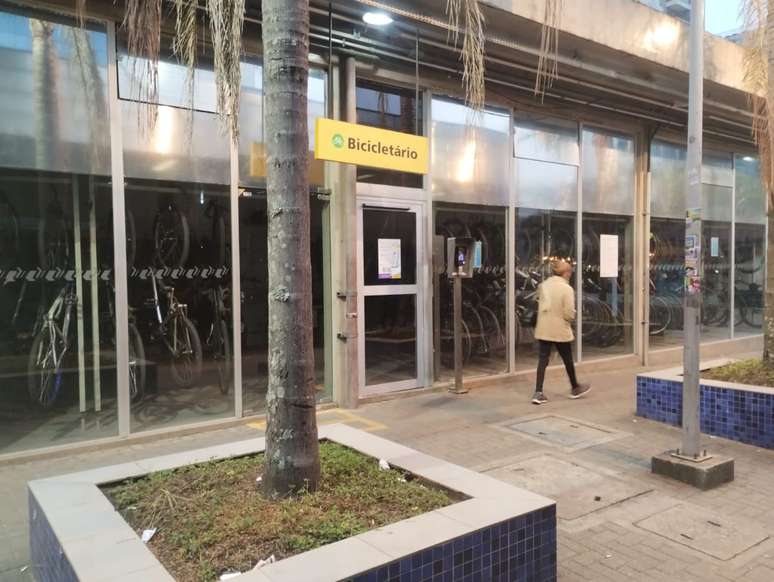
The justification has been little used, but experts point out the lack of incentives. “There was a space that could have been five times larger, it didn’t increase, it had twenty seats, nothing for the subway. They came to the conclusion that it didn’t work,” criticizes Soares.
Variety of uses
For a few hours in the morning, at Butantã station, the report noted the variety of uses and needs of the bike rack. Before opening, at 6:00, it was almost full. The bikes had been left the night before by people returning home by subway or bus.
In the morning they return from cities like Cotia to take their bikes and go to work. There are students and employees of the University of São Paulo (USP), which is nearby. Some go further, like Rodrigo Soares, 45, a merchant in Lapa.
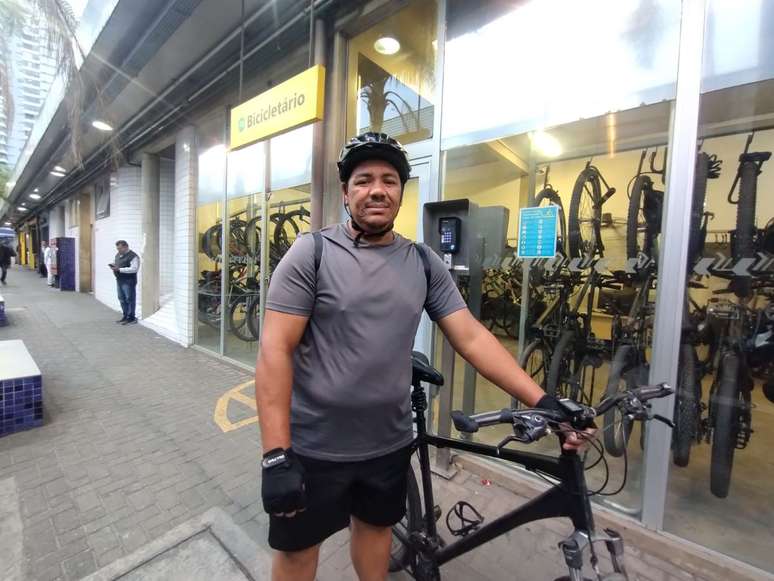
He rides nine kilometers there and the same distance back. He has been using the bike rack for two years, has lost 45 kilos, sold his car, changed his life. “The bike rack is good, safe, free, I have never had any problems.”
The same space is used by José Carlos Pereira, who works at USP. His transportation solution, in addition to being unusual, circumvents the limitations of the transportation system. He has two bicycles.
A resident of Itaim Paulista, he pedals to Jardim Romano, where he leaves the first “skinny”. He arrives in Butantã, takes the second bike, which spent the night in the rack, and arrives at USP, where he works.
Source: Terra
Rose James is a Gossipify movie and series reviewer known for her in-depth analysis and unique perspective on the latest releases. With a background in film studies, she provides engaging and informative reviews, and keeps readers up to date with industry trends and emerging talents.

